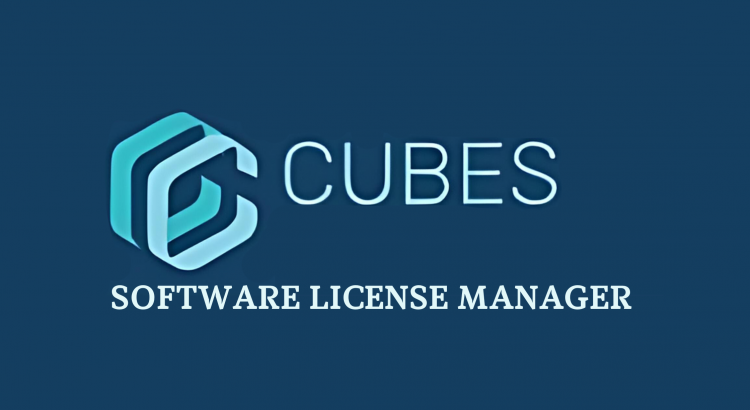Software License Managers allow you to Manage, track, and maintain license information—all with one tool Who has the time to stay updated with every application, software program, and digital platform used in your organization? Cubes can assist. Cubes software license management solution is designed to centralize all license information, billing management, alerts and renewals. Cubes […]
How Can I Check DMARC?
Use Our DMARC Record Checker Tool to swiftly verify your DMARC records To implement DMARC, you must have a valid DMARC record. To check your DMARC record, you only need to enter your email: Check here. DMARC Director’s Record Check tool will retrieve your DMARC record from the DNS and notify you if no record […]
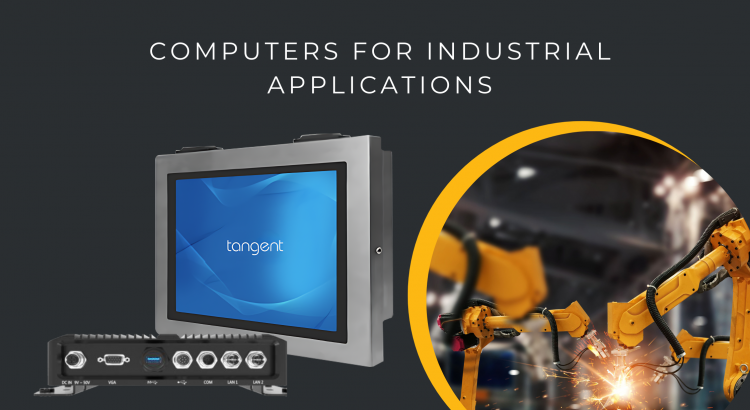
Which Type of Computer is Used in Industry?
Industrial Computers: Essential Solutions for Robust Applications The growing demand for robust computing solutions in various sectors has led to a significant reliance on industrial computers. These specialized systems are engineered for environments where typical consumer-grade PCs would falter. Industries ranging from manufacturing to construction find industrial computers indispensable due to their ability to withstand […]
Medical Computers Trusted Globally
Since the 90s, Tangent has been a reliable, trusted computer manufacturer pioneering products for medical use. We champion the industry by engineering state-of-the art medical products. Today, our products can be found in medical facilities globally. Hospitals, clinics, pop-up emergency tents use our computers to provide essential services- we couldn’t be prouder. To get here, […]
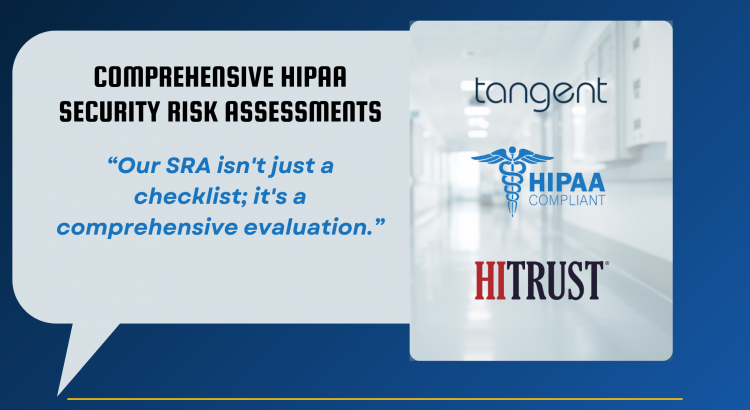
Comprehensive HIPAA SRAs
Tangent and Latitude Partner to Elevate Healthcare Data Security with New HIPAA Compliance HRAs Tangent is thrilled to announce our strategic partnership with Latitude Security. This collaboration introduces specialized HIPAA Security Risk Assessments (SRAs), designed to strengthen organizational defenses and ensure compliance with regulatory standards. A Strategic Approach to Risk Assessment Our HIPAA SRAs go […]
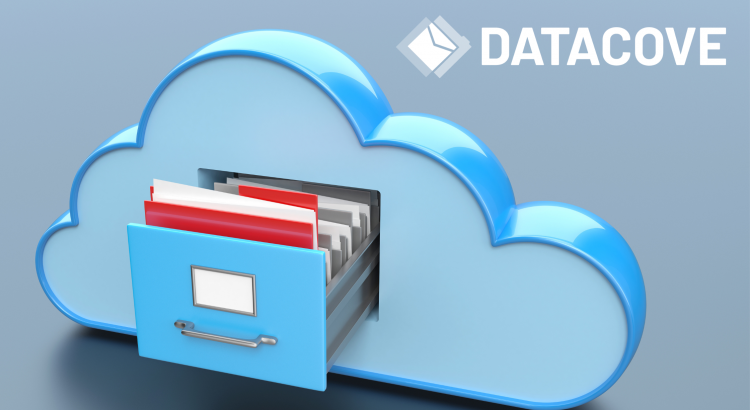
DataCove for eDiscovery, Data Archiving and Data Compliance
In today’s digital-first environment, the necessity for reliable eDiscovery and stringent data storage compliance cannot be overstated. Industries ranging from legal firms to financial institutions are under increasing pressure to manage vast amounts of data not only efficiently but also securely, in compliance with evolving regulations. DataCove is specifically designed to meet these challenges head-on. […]
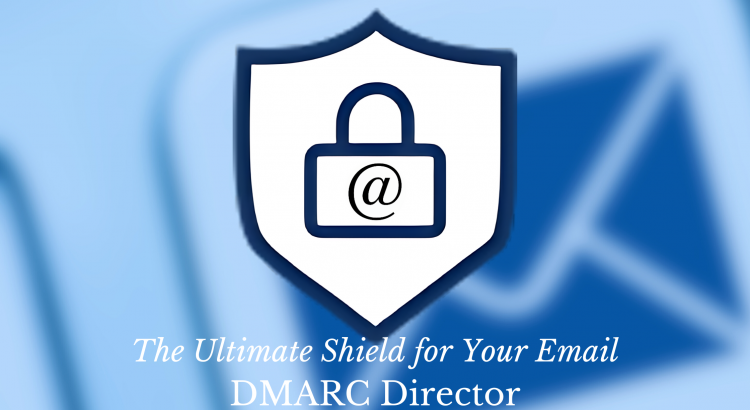
The Ultimate Shield for Your Email: DMARC Director
In the vast, bustling metropolis of the internet, email remains one of the most frequented intersections with ceaseless activity. Equally ever-present, are the threats of spoofed domain emails and malicious attempts to misuse your domain. Enter DMARC Director – your digital knight in shining armor. A Closer Look at DMARC DMARC (Domain-based Message Authentication, Reporting […]
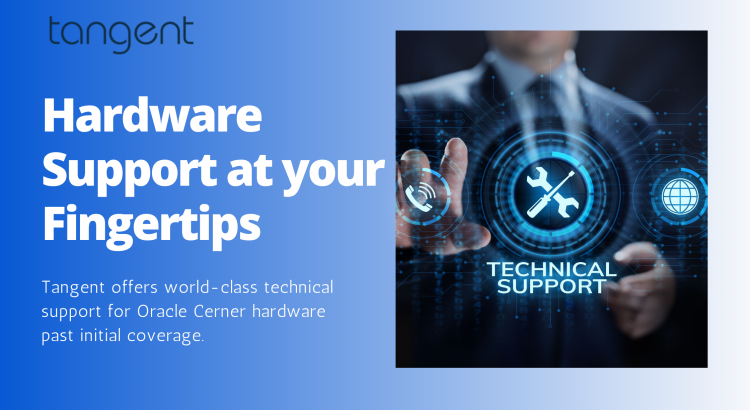
Hardware Technical Support from Tangent
At Tangent, we understand the frustration that comes with encountering hardware issues without the necessary support. Although you may be out of manufacturer coverage, your facility deserves dependable and trustworthy assistance. Our dedicated US-based support team delivers the highest standard of service you can rely on. Out of Warranty Coverage If you find yourself with […]
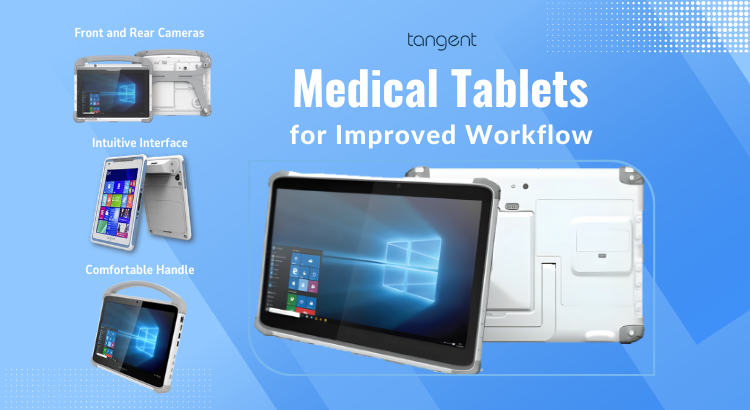
Transform Your Medical Workflow with Tangent’s Cutting-Edge Tablet Solutions
Tangent’s cutting-edge tablet solutions are designed to revolutionize medical workflows, offering unparalleled efficiency, accuracy, and accessibility in healthcare environments. 8 Ways Tangent Tablets Transform Healthcare Workflow: 1. Intuitive and User-Friendly Interface User-Centric Design: The tablets feature an intuitive user interface, thoughtfully designed to reduce the learning curve for medical professionals. This allows for easy navigation […]
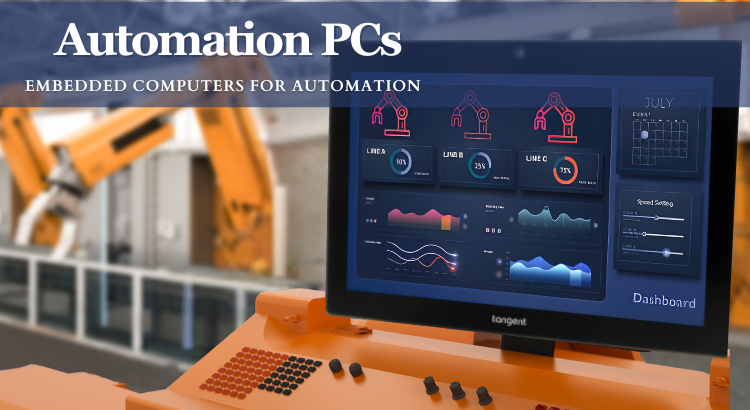
Elevate Your Automation: Discover Tangent’s Hardware Solutions
In today’s rapidly evolving technological landscape, businesses like yours are continuously seeking innovative solutions to streamline operations and enhance productivity. At Tangent, we’re at the forefront of this journey, empowering our clients with the tools they need to stay ahead. We’ve seen firsthand the transformative impact that automation software has on businesses, driving efficiency and […]
